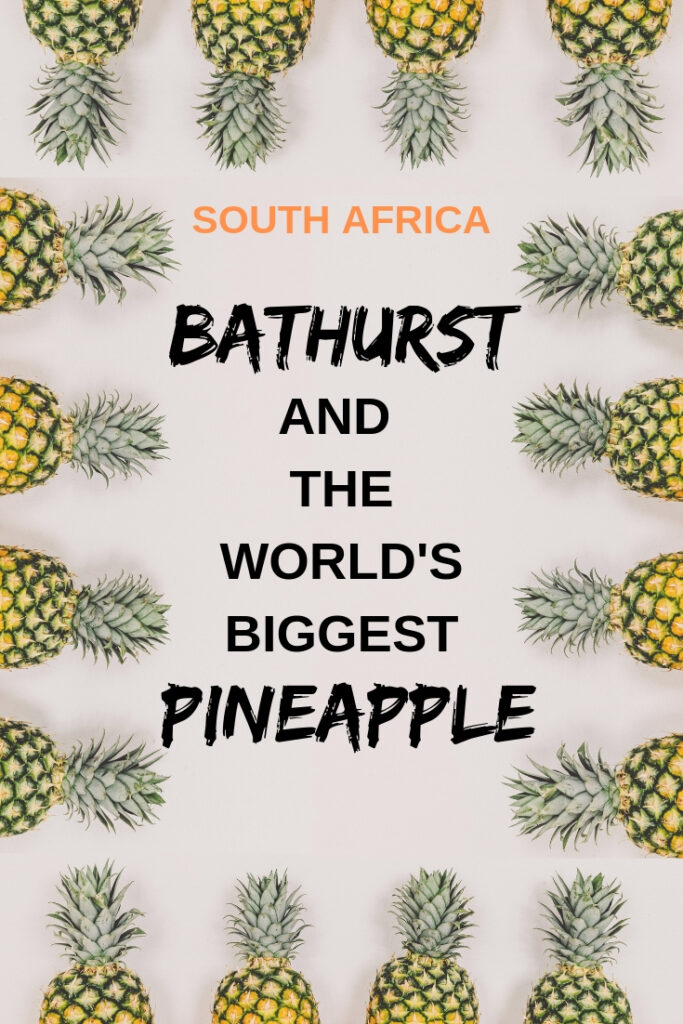
The 19th century frontier town of Bathurst in South Africa’s Eastern Cape Province is awaking to visitors who have discovered the magic in its picture-book setting, s-l-o-w Sunday afternoon atmosphere and homemade wares. During a visit to Bathurst you can climb into the world’s largest pineapple, spot the two resident alpacas (Pablo and Pepito) on the stoep of South Africa’s oldest continually-licensed pub and meander along roads with names like Kings, Milkwood and Nautilus.
Perhaps it should be called a village rather than a town. Either way, Bathurst is best known for The Pig and Whistle Inn. British settler and blacksmith Thomas Hartley built this national monument in 1832. As to its name, the story goes that during World War II, the RAF pilots based at 43 Air School nearby decided to rename it. The “pig” denotes a drinking peg used to measure a unit of alcohol. While the “whistle” is believed to be a mispronunciation of the word “wassail” meaning to drink merrily. And who can blame them for the mispronunciation, when there was probably quite a bit of tipple involved.
Owner Gavin Came saw an advert for the building while reading Country Life in a dentist’s waiting room. That was more than eight years ago.


There’s something to be said about a village with one main road that runs through it. “There’s no traffic light in Bathurst,” says Gavin. “And we regard the stop sign as a suggestion.” The stop sign along the R67, which is called the Port Alfred Road by the locals, runs from Grahamstown (now renamed Makhanda, after the Xhosa warrior and philosopher) through Bathurst to the Indian Ocean. “There’s very little traffic. When guests leave, I tell them to be careful of the animals on the road,” says Lucille Came, Gavin’s wife.
Gavin is a financial consultant, who works between Johannesburg and the Pig and Whistle’s office loft. Over a pint, he will tell you (perhaps show you, if you ask nicely) how he traced both family lines (Blakemores and Blackbeards) to this frontier town (and beyond) from a hand-drawn family tree given to him in the family Bible by his late grandfather.
The Pig and Whistle is the community lounge. Everyone is welcome, whether it’s for tea, a drink, to watch sports or a conversation. The community numbers 800-odd Rhodes lecturers present and past, artists and musicians, lawyers, location-independent consultants, farmers and retirees. Some live along the Sunshine Coast with holiday homes here or have resettled from the United Kingdom and Johannesburg. While others have been farming pineapples or cattle in the area for generations. “Some people thought we were crazy, others tell us they’re envious of our lifestyle,” Lucille continues. “But one thing I’ve learned is not to judge a book by its cover. City people can be judgemental and dismiss people based on their looks before getting to know them.”

Though it might not have a traffic light, hospital, shopping centre or cinema, Bathurst does have the world’s largest pineapple. This fibreglass and stainless steel, hollow homage to the prickly, sickly sweet fruit stands at 16.7 metres. At three storeys high, it is the highest structure in the village. And it’s only skyscrapper, though theoretically it falls 33 metres short of the technical definition. Once completed in 1992, it outdid The Big Pineapple in Queensland Australia by 70 centimetres. If we can’t always beat the Ozzies at sports, we’ll outdo them in building larger-than-life fruit!
I climb inside the big pineapple, where I try the golden fruit and learn that each segment is a floweret. There’s also pineapple chutney, preserves, freshly squeezed juice and pineapple paraphernalia. The second and third floors house a 60-person auditorium, where I glance at documentaries about the local pineapple industry. I browse through the exhibition en route to the viewing deck. Here, I stand looking out over the surrounding pineapple plantations.
The Big Pineapple is also the head quarters of the Pineapple Growers Association, chaired by Paul Beyleveld. He has been growing pineapples here since before I was born. 1984 to be exact.
As we talk, I learn that the legends of how pineapples first came to be in South Africa are many. Some claim Jan van Riebeeck introduced pineapples to South Africa when he reached The Cape of Good Hope in 1652. Others say the first pineapples came from Sri Lanka (then Ceylon, which like South Africa was a British colony) that were planted in KwaZulu-Natal.
Paul tells me that Bathurst’s pineapple industry was started in 1865 by Charles Purdon. He who received a number of pineapple crowns while at his barber, Lindsay Green, in what was formerly Grahamstown (Makhanda). I try investigate why the barber was handing out free pineapple crowns with every cut and shave. It turns out that Lindsay received them as a gift from a friend in Durban. This friend in turn had acquired them from a sailor that had returned from Brazil by ship.
Whichever story you believe, there are around 25 farmers in Bathurst, many of whom are descendants of the 1820s Settlers. Between February and December they produce an annual yield of around 60 000 tonnes. Pineapples thrive in subtropical climates and Bathurst is the world’s southern-most pineapple-growing region.
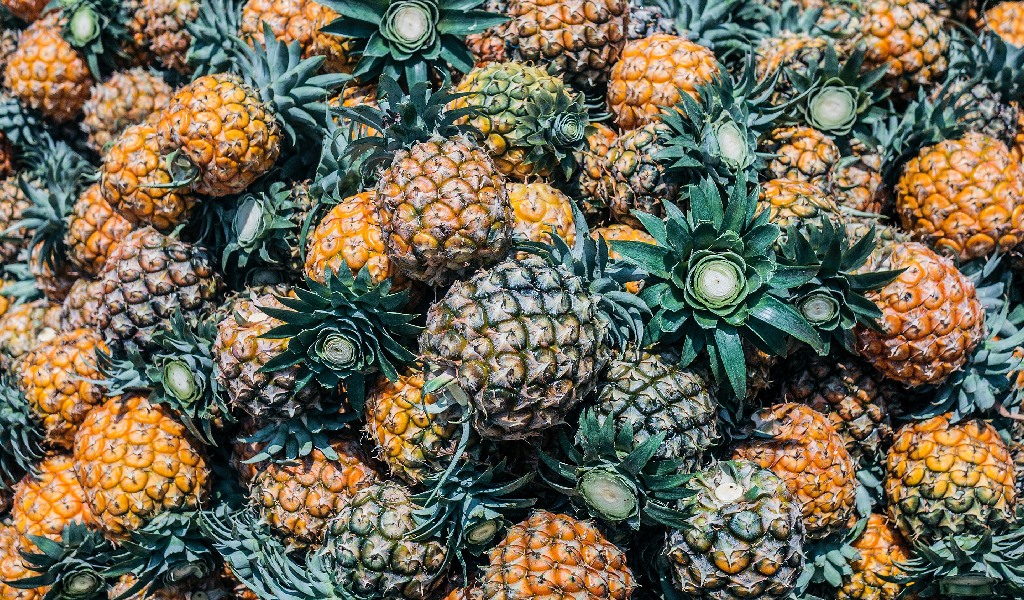
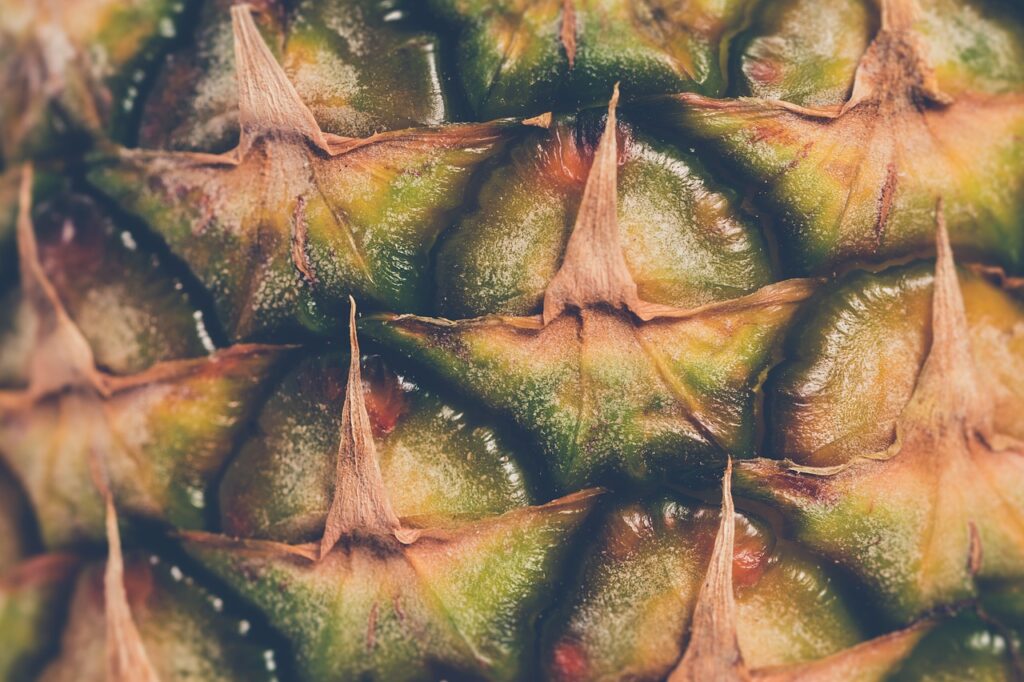
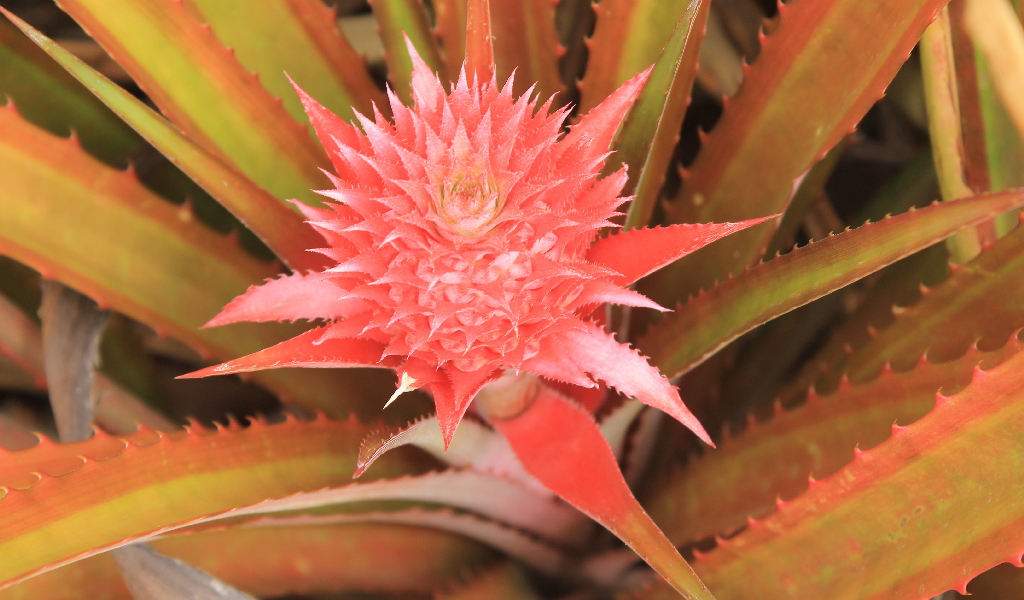
This sleepy town has a love for pineapples and food in general. It hosts the annual Bathurst Country Affair during the first weekend of August. This is the busiest times in this Eastern Cape village, along with the Book Fair each April and the nearby Grahamstown National Arts Festival in July.
During the Bathurst Country Affair exhibitors from as far as Wellington offer wine, gin and absinthe tastings. They also sell everything from olives to home-baked breads, goat’s cheese, freshly-picked produce and all things pineapple. There’s also a beard-growing and pineapple-throwing competition, or you can place bets on who will win the waiters’ race. Plus there’s live music at the local watering holes.
If you can’t make it during the Bathurst Country Affair, swing by on a Sunday for the weekly farmers’ market. Visitors from Port Elizabeth, East London, Port Alfred and Grahamstown/Makhanda come to buy hand-grown produce and wander around the vintage shops within Victorian buildings like Morley House and the double-storey Bleak House, named after Charles Dickens’ novel by the same name.
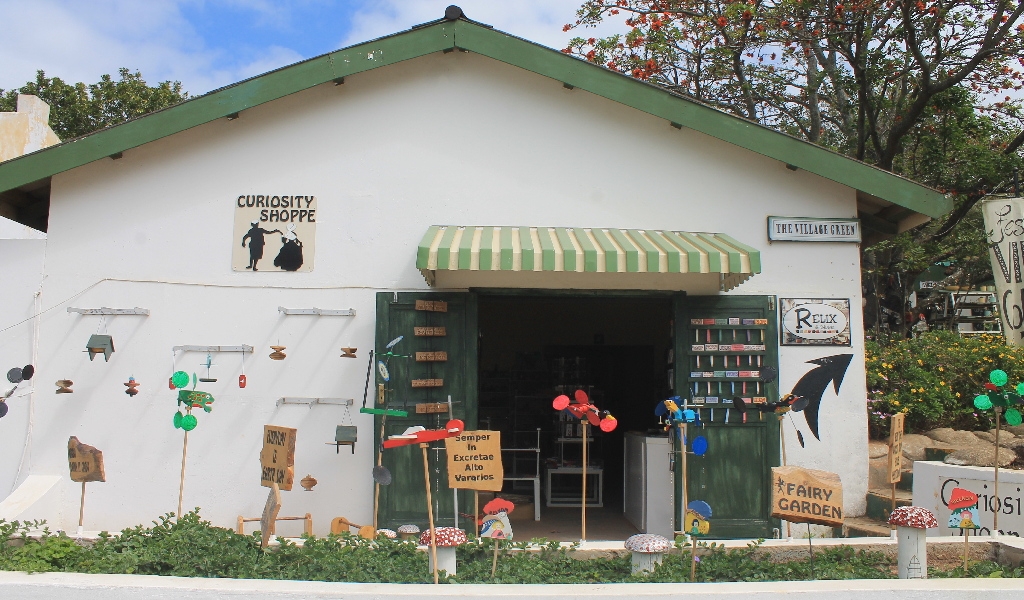

The 1820s Settlers’ cottage Morley House serves high tea on the wooden deck in the tea gardens. And The Pink Lady Milkshake Parlour sells milkshakes with names like Belly Dancer, Jelly Bean, The Minion, Liquorice, Litchi and Koek Sister.
I get a better sense of the area’s history as I browse its antiques, vintage clothing and used book collection. I meander among flowers potted in pastel-coloured tin mugs, garden gnomes and beneath The Treesure Tree at Relix and Thingz on Trappes Street. It has, among other things, a rotary dial telephone, old number plates, and a wooden tennis racket nailed to it. The fluttering, multi-coloured flags tied to its branches usher me inside. It celebrates days gone by with stacked suitcases, piles of vinyls, bric-a-brac lining the shelves from green glass medicine bottles to cookie tins, porcelain, crystal glasses and old coins.
I also scratch around the quirky stores that stand shoulder-to-shoulder along the main Port Alfred Road. A few steps down the road at The Corner Gallery, shop manageress and seamstress Gladys Dayile shows me around. I run my hands over the Stowe and So. hand-printed fabrics designed by the owner Tori Stowe. She is an award-winning fine artist who works from her studio in the basement with the help of her team. She works in fabric, clothing, paper, ceramics and wood, and uses Acacia leaf, King Protea, rabbit and swallow motifs.
Gladys also shows me her handmade, stuffed toy animals and doorstops, which she makes as part of her business, Kuku Craft, that teaches to women in her community of Mimosa. “It’s like growing a seed. One day I hope to have my own store here because Bathurst is a lovely place filled with creative people like myself.”


How to get to to Bathurst
You’ll find Bathurst a mere 15km from Port Alfred and 50km from Grahamstown. You can fly into either Port Elizabeth or East London and drive from there. Situated along the R72 Port Alfred, which is at the centre of the Sunshine Coast, is equidistant (150km) from Port Elizabeth or East London.
The best time to visit Bathurst
Due to its positioning along South Africa’s Sunshine Coast, Bathurst can be visited year round. The Sunshine Coast boasts the most sunshine hours in South Africa. While the winter falls between June and August, the sun still shines and the region enjoys temperate temperatures. Average midday temperatures range from to 26°C in February to 20°C in July. Average rainfall is around 500mm, lowest in July and highest in March.
Where to sleep in Bathurst
While there are many AirBnBs available in and around Bathurst, you can also lay down your head in nearby Port Alfred or Grahamstown.
Plan your trip to Bathurst
Plan your trip to Bathurst: www.bathurst.co.za and read more about the Bathurst Country Affair: www.bca.co.za.








